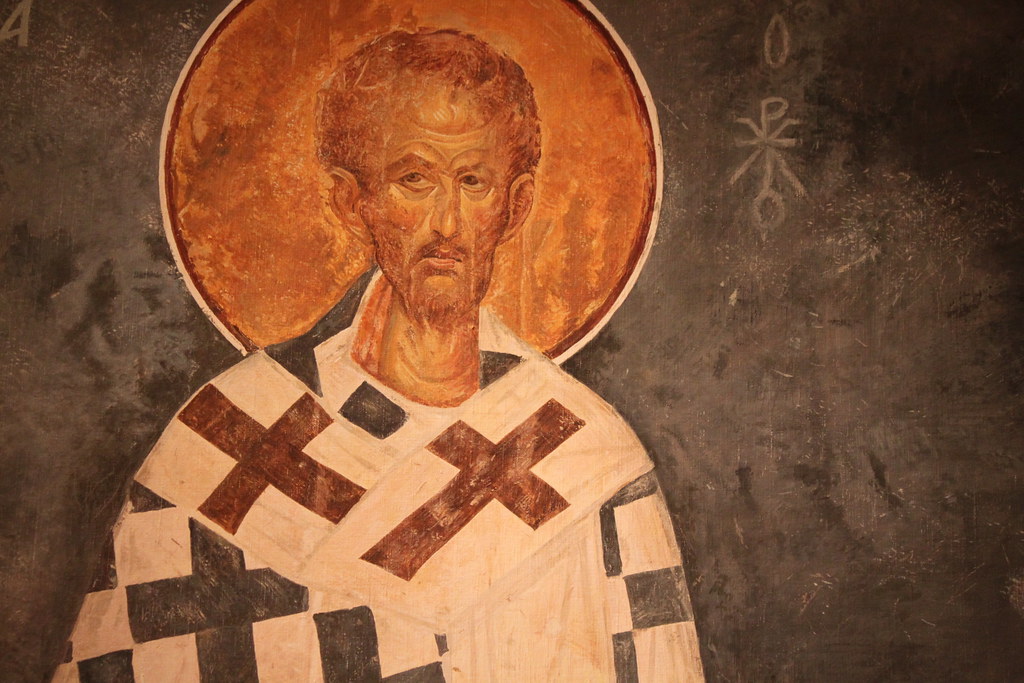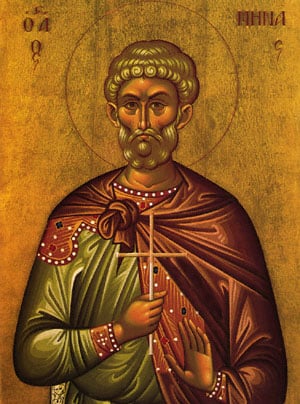After this, Jesus went down to Capernaum, with His mother and His brothers and disciples; and there they stayed for a few days. The Passover of the Jews was at hand, and Jesus went up to Jerusalem. In the temple, He found those who were selling oxen and sheep and pigeons, and the money-changers at their business. And making a whip of cords, He drove them all, with the sheep and oxen, out of the temple; and He poured out the coins of the money-changers and overturned their tables. And HE told those who sold the pigeons, “Take these things away; you shall not make My Father’s house a house of trade.” His disciples remembered that it was written, “Zeal for Thy house will consume Me.” The Jews then said to Him, “What sign have you to show us for doing this?” Jesus answered them, “Destroy this temple, and in three days I will raise it up.” The Jews then said, “It has taken forty-six years to build this temple, and will you raise it up in three days?” But He spoke of the temple of his body. When therefore He was raised from the dead, His disciples remembered that He had said this; and they believed the Scripture and the word which Jesus spoken.
John 2:12-22 (Gospel on Feast of Life-Giving Fountain)
Christ is Risen!
On the Friday after Pascha every year, we celebrate the feast of the Life-Giving Fountain of the Virgin Mary, known as Zodochos Peghe. In the fifth century, Emperor Leo the Great (before he became emperor) encountered a blind man outside of Constantinople. The man was desperately searching for water. Leo went to look for water for the man and he heard a voice telling him to search nearby. The voice called him “Emperor”. He found muddy water and anointed the eyes of the blind man, as the voice had told him. The man received his sight, and Leo became Emperor. He built a church at the site, in honor of the Theotokos. We celebrate on this day, the consecration of that church. After the Fall of Constantinople, the temple was laid to ruin. Whatever was left of the temple was buried after the uprising of the Greeks for independence in 1821. The Greek received permission to work to restore the church which had once been. The Church was restored and reopened in 1835. In 1955, the church was once again destroyed by muslims and it was restored again.
Sadly, this feastday is often overlooked by both clergy and laity alike. As there are fewer and fewer immigrants from Greece in our churches, the affinity for this feast has waned. There are four reasons to keep celebrating this feast. First, it is one of the feastdays of the year that is traditionally commemorated with a celebration of the Divine Liturgy. It is not for the clergy or laity of this generation to change that. The Church has celebrated this feastday for nearly 1,500 years. Second, since the feast always falls during Bright Week, the week after Pascha, it is an opportunity to celebrate another Paschal Liturgy. The service will have all the elements of the Paschal service. In some ways, this Liturgy is even better than Pascha, where we are often tempted to rush through the Liturgy because of the late hour. I always enjoy celebrating this Divine Liturgy specifically because of that.
The third thing that comes from this Divine Liturgy is a recognition of the purpose of the Feast, a life-giving spring. God has worked miracles through the waters of this spring for centuries. The icon used for this feast shows the Virgin Mary sitting in a fountain, holding her Son, our Lord Jesus Christ. The fountain overflows with water. Water is the most basic thing needed to sustain life. The icon reminds us that the most basic thing needed to sustain our lives, even more basic than water is the Lord Himself. Just as the water flows generously from the fountain, the living water of Christ flows generously upon us. In return, we should have an abundance of faith flowing back towards the Lord. The Virgin Mary was abundant in her obedience and service to the Lord. Likewise, we should be as well.
Finally, the Gospel lesson on the Feast of the Life-Giving Fountain is from the Gospel of John, Chapter 2, the story of the cleaning of the temple. Normally, we associate water with cleansing. In this Gospel lesson, Jesus throws the money-changers out of the temple and cleanses it with His Word. He tells the people there that they have made the temple into a place of commerce, rather than a place of spirituality.
As we continue to bask in the Light of the Resurrected Christ, we also need to continually cleanse ourselves from sin, and shine in Christ’s Light. We need to make sure that the temples of our own souls are clean, and committed toward correct worship of the Lord. We need to be dominated by service and spirituality, rather than materialism and commerce.
As we celebrate this feast, we need to ask ourselves what is flowing out of the fountains of our hearts? Do they overflow with Christ? Do they overflow with obedience, like the Virgin Mary? And have we allowed Christ to sit in the fountain of our hearts?
O Theotokos, your church is like the Garden of Paradise since it pours out healing and cures like ever-living rivers. We come to it with faith, and we draw strength and eternal life from its water, through you who are the Spring that received Life himself. For you intercede with Christ our Savior, who was born from you, and you entreat Him to save our souls. (Apolytikion, Feast of Life-Giving Fountain, Trans. by Fr. Seraphim Dedes)
Let the Light of Christ flow through you and your life today and always!



